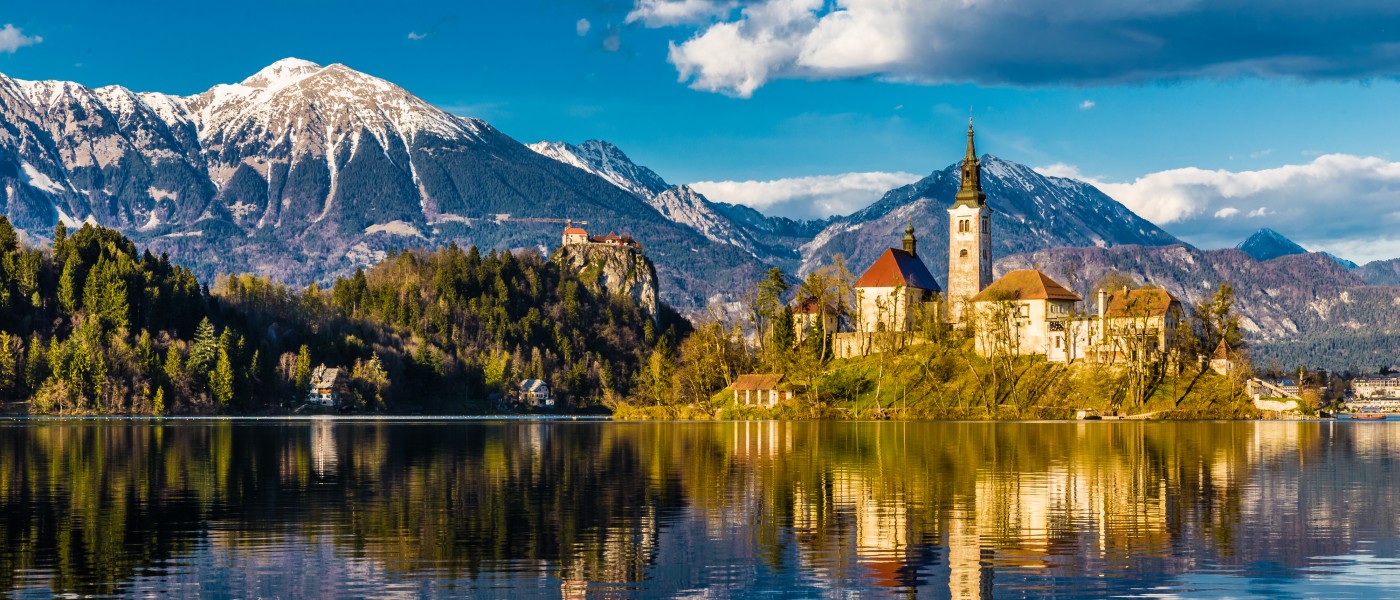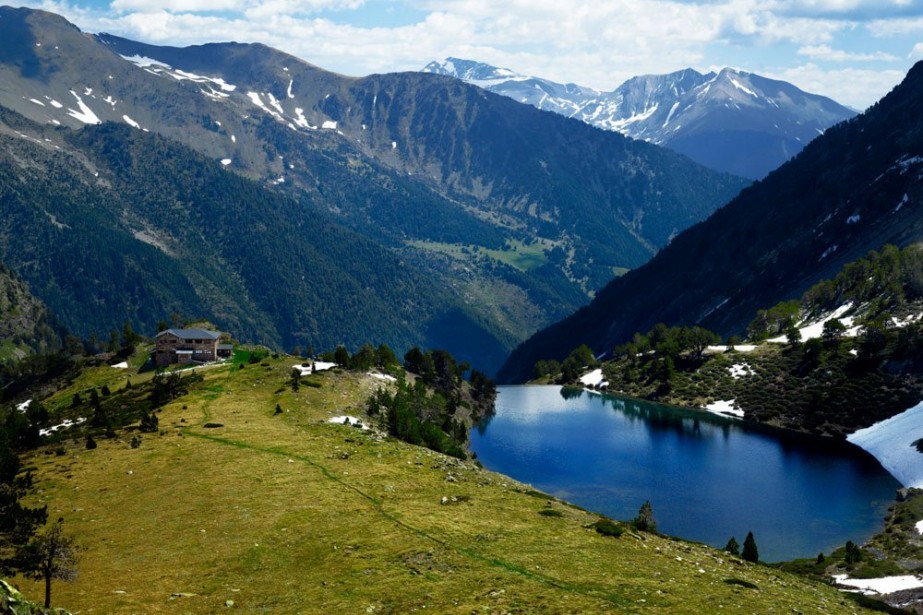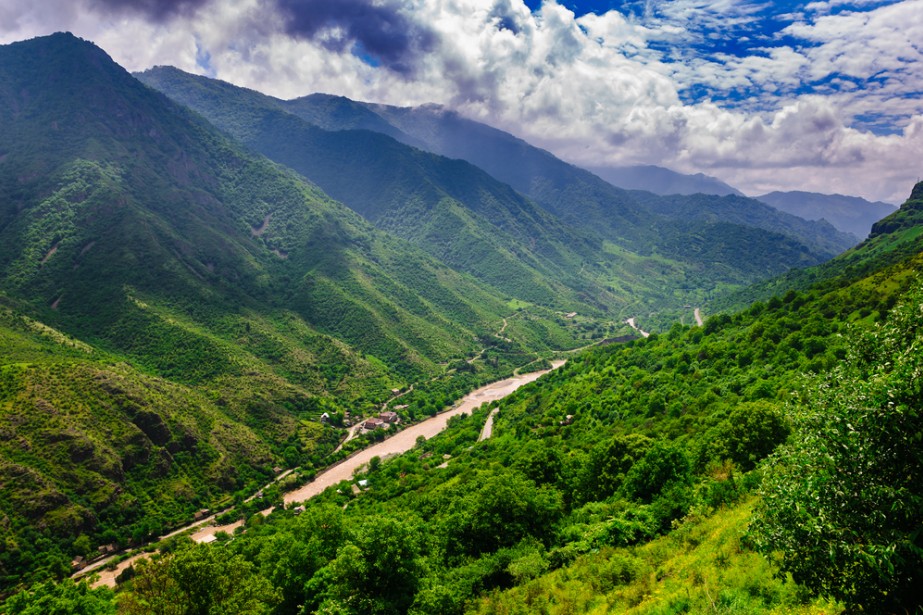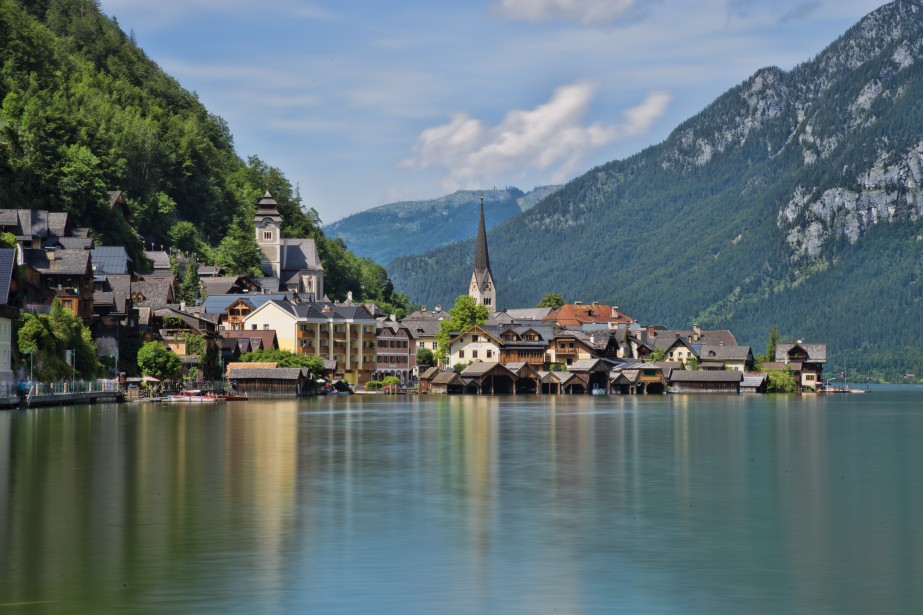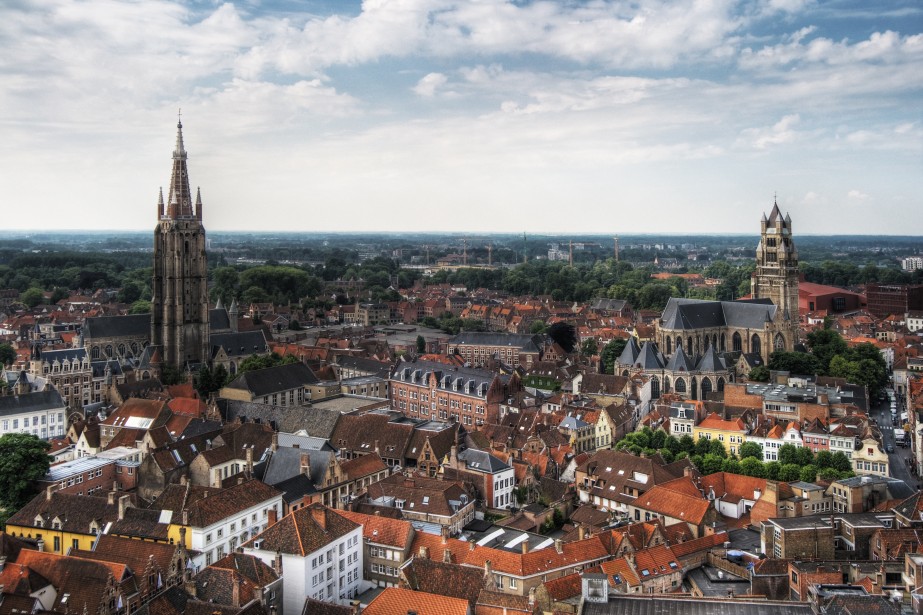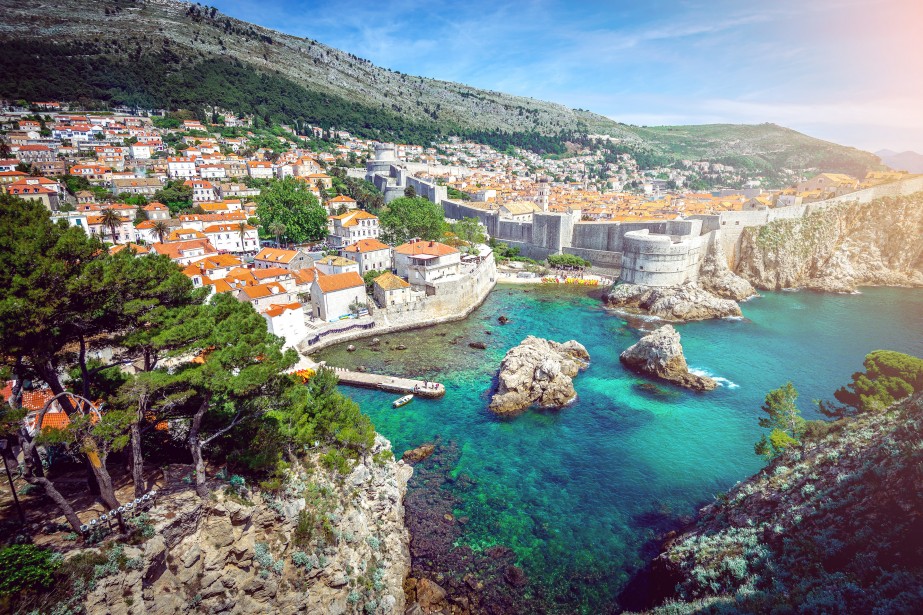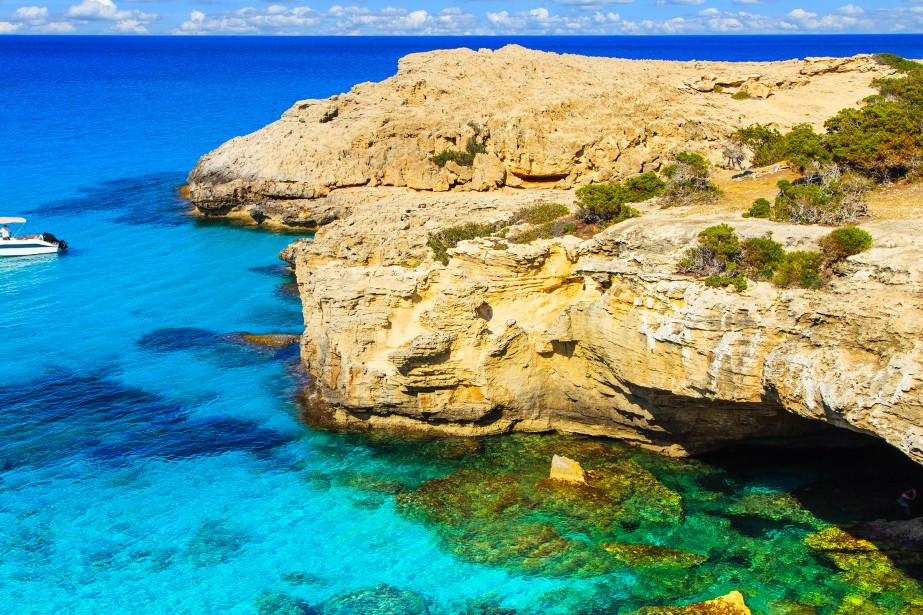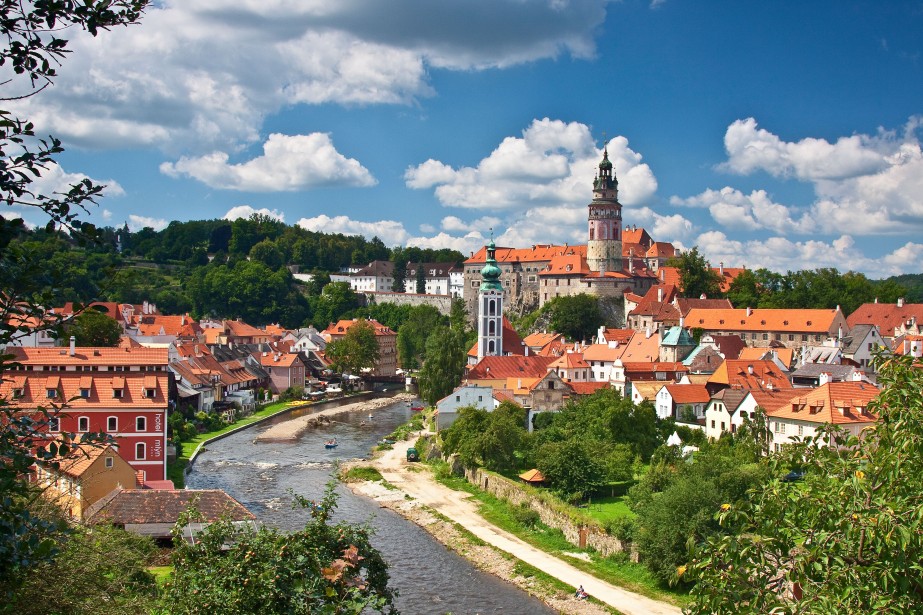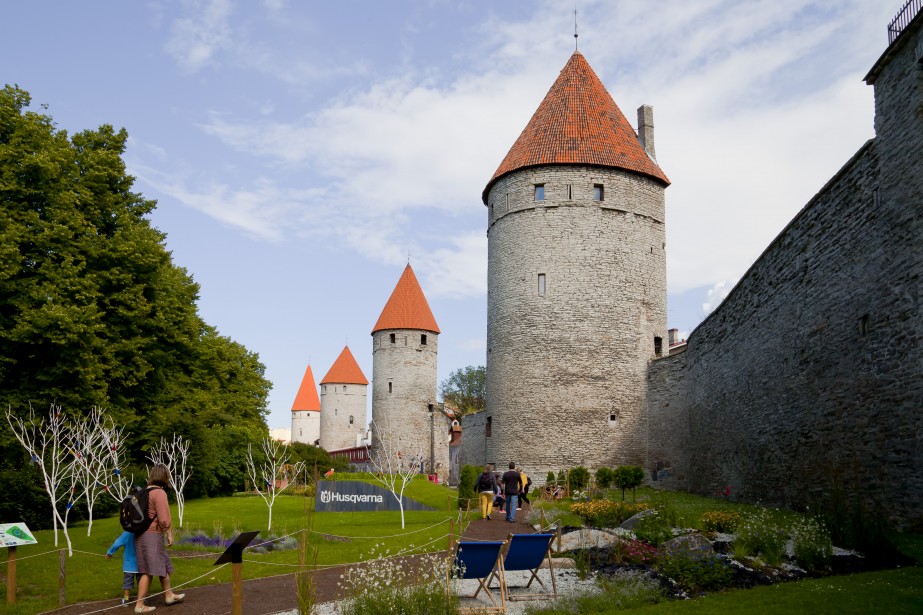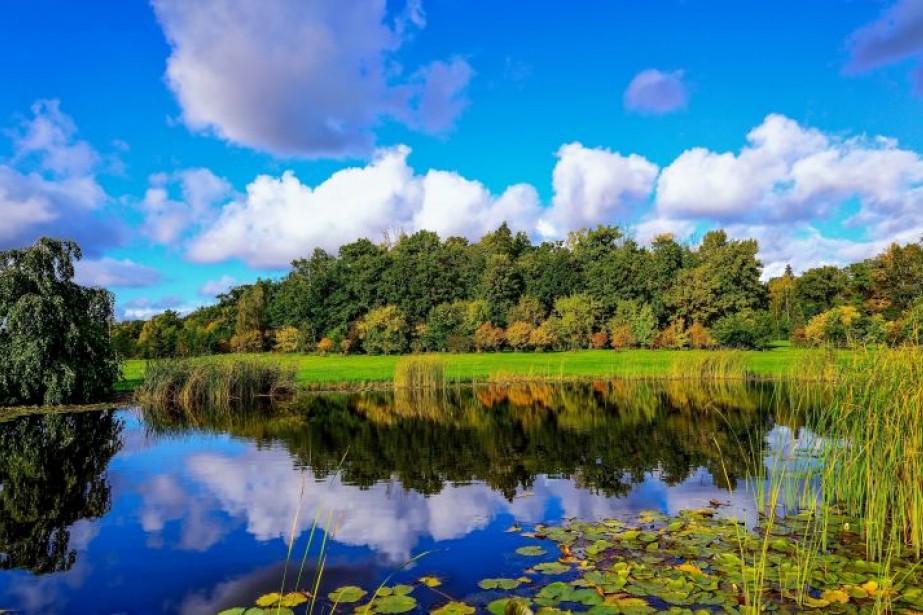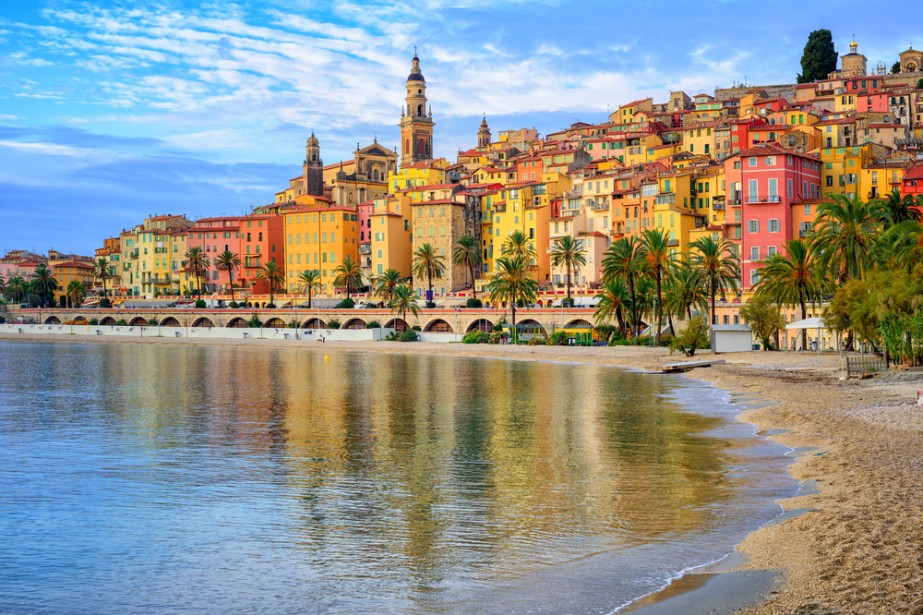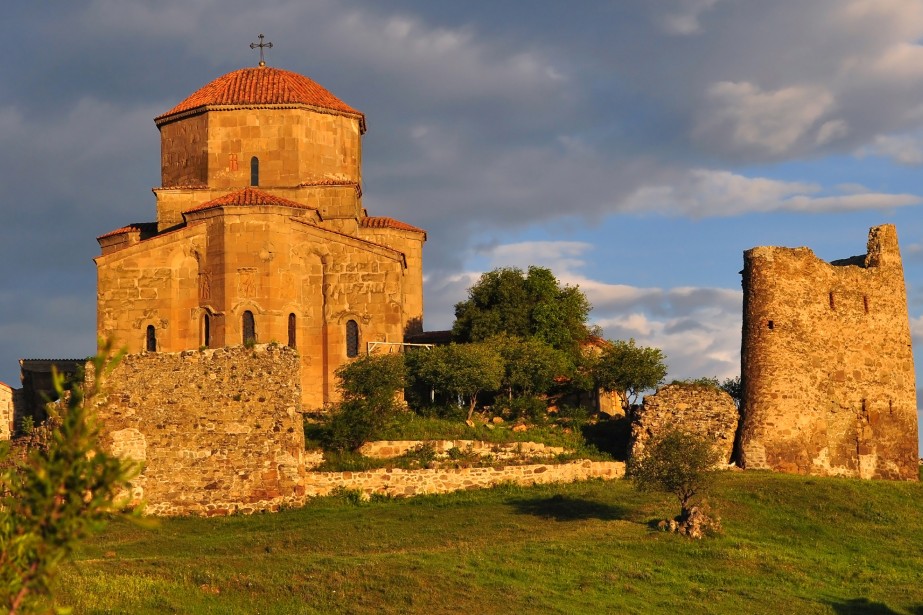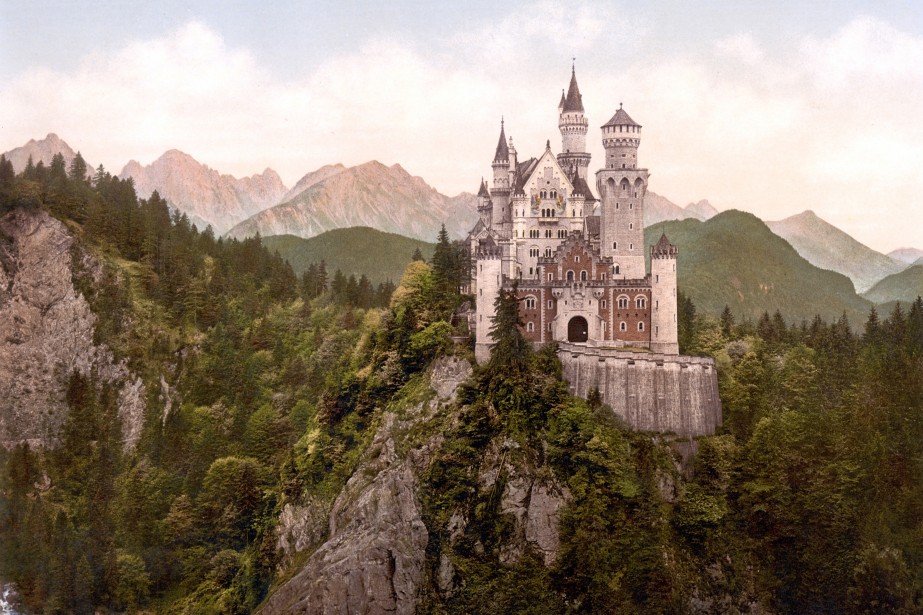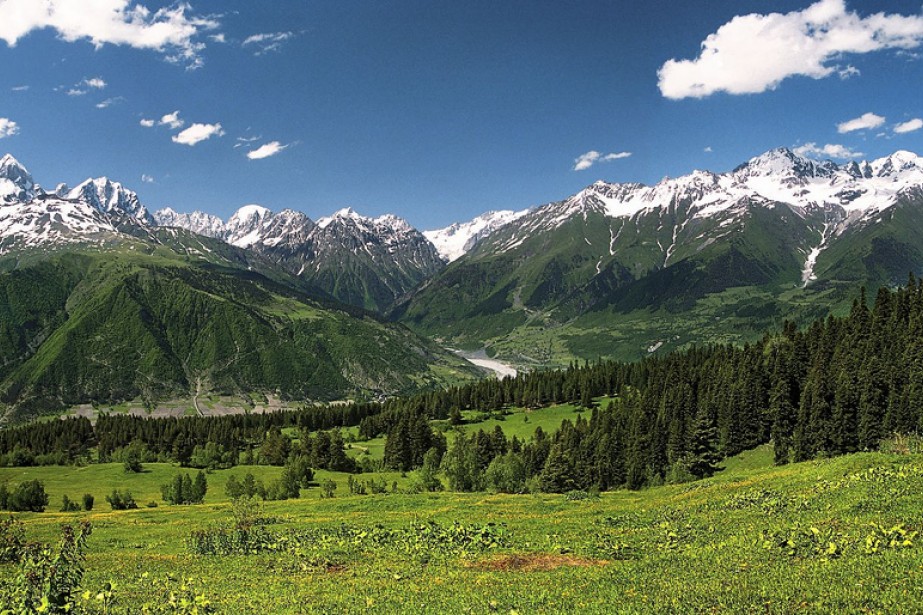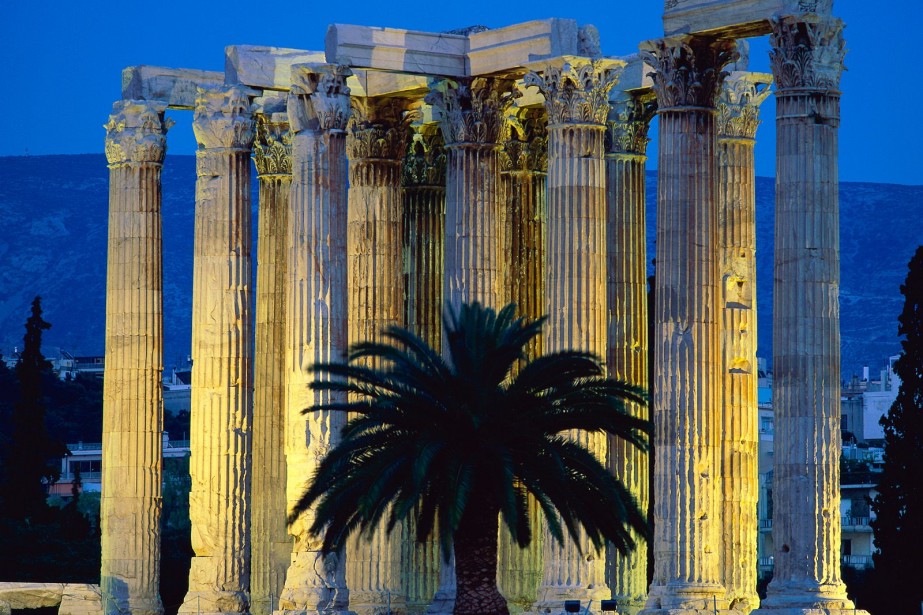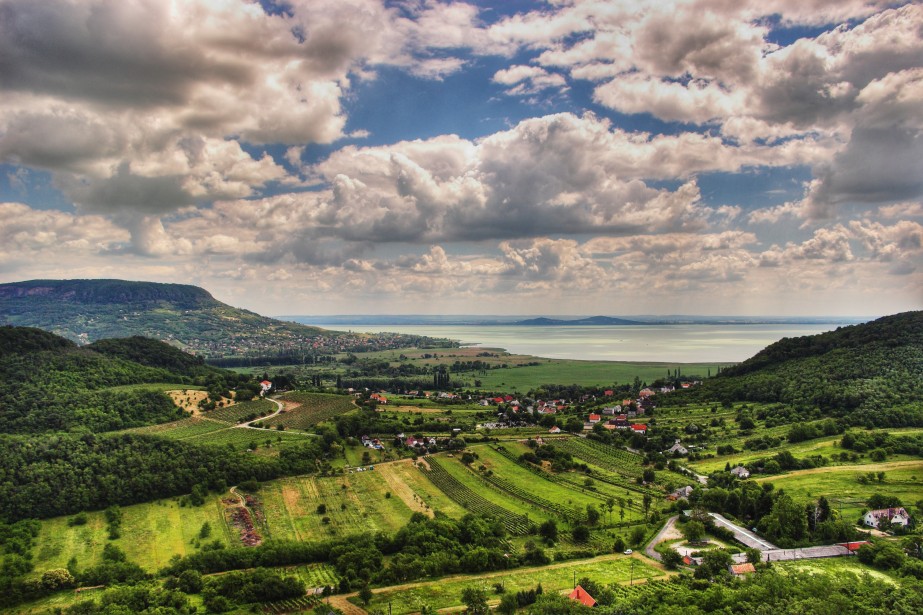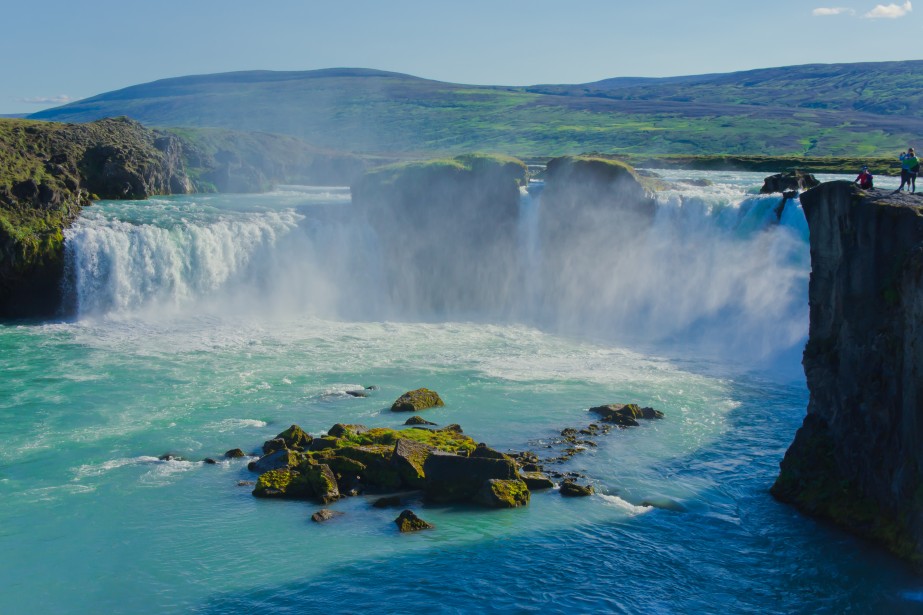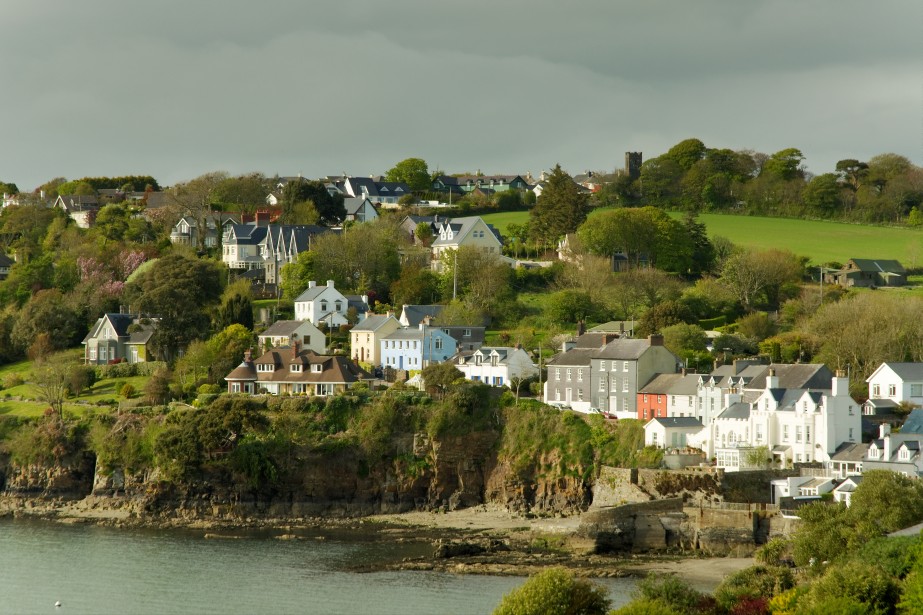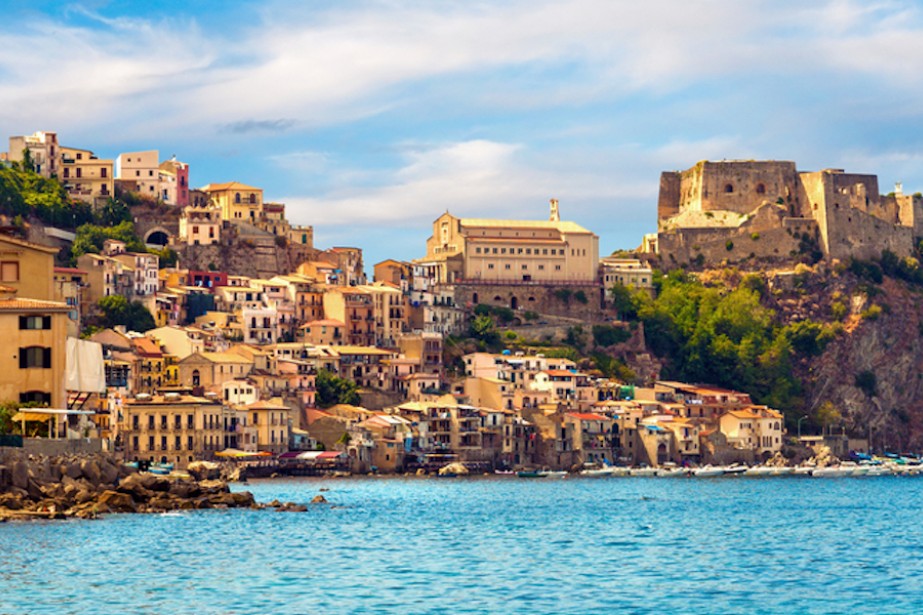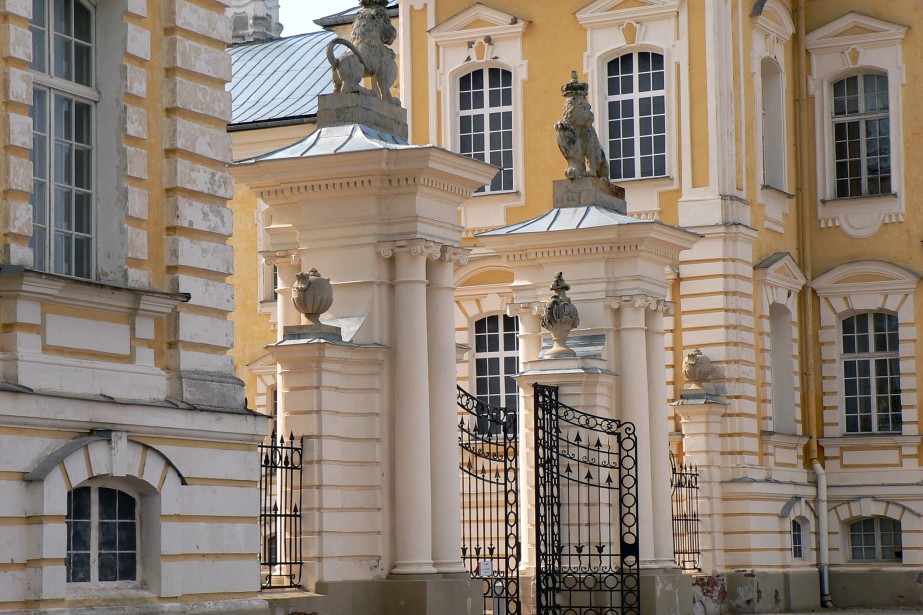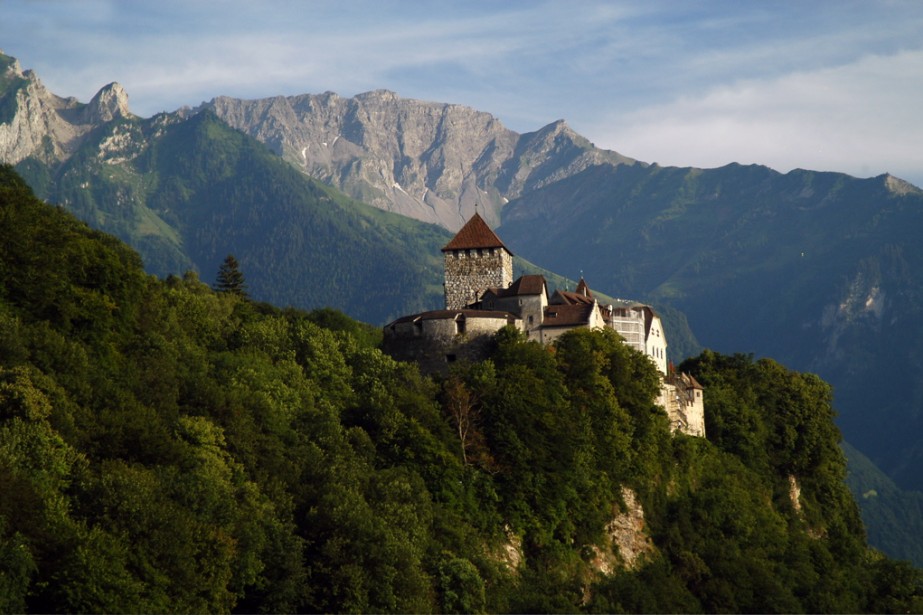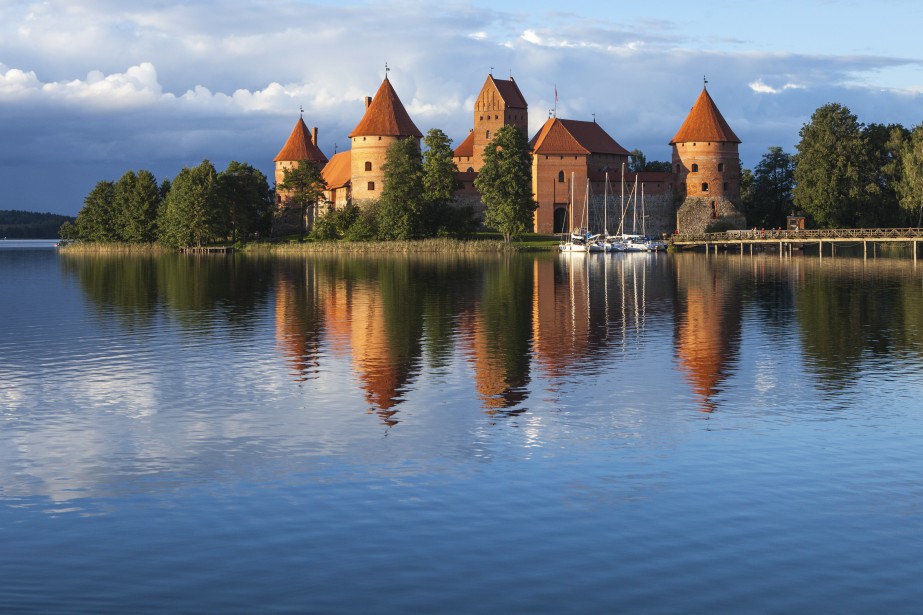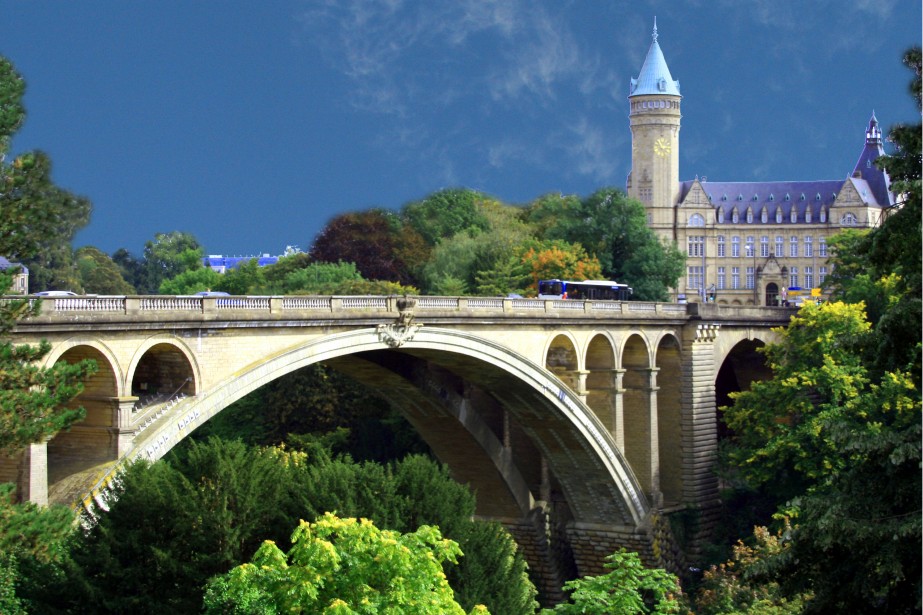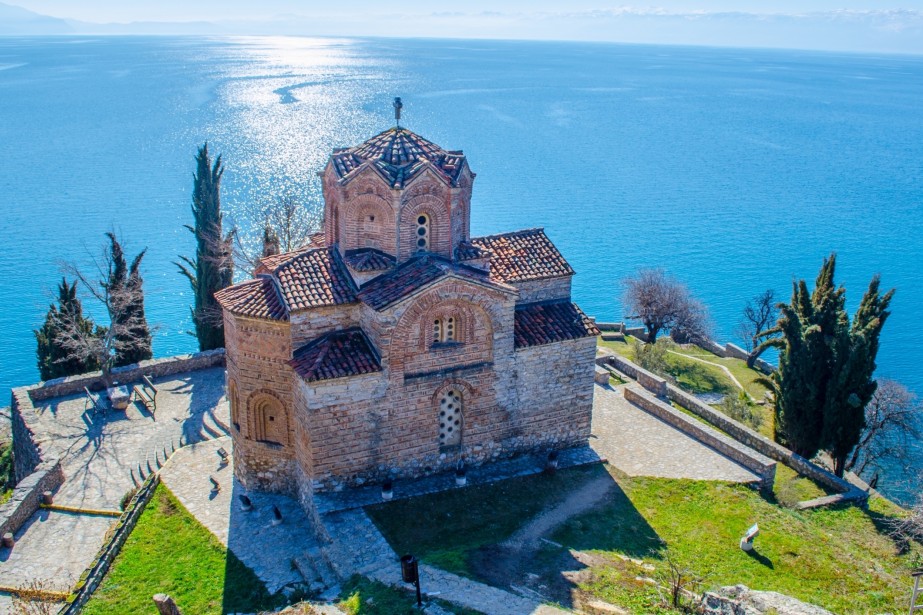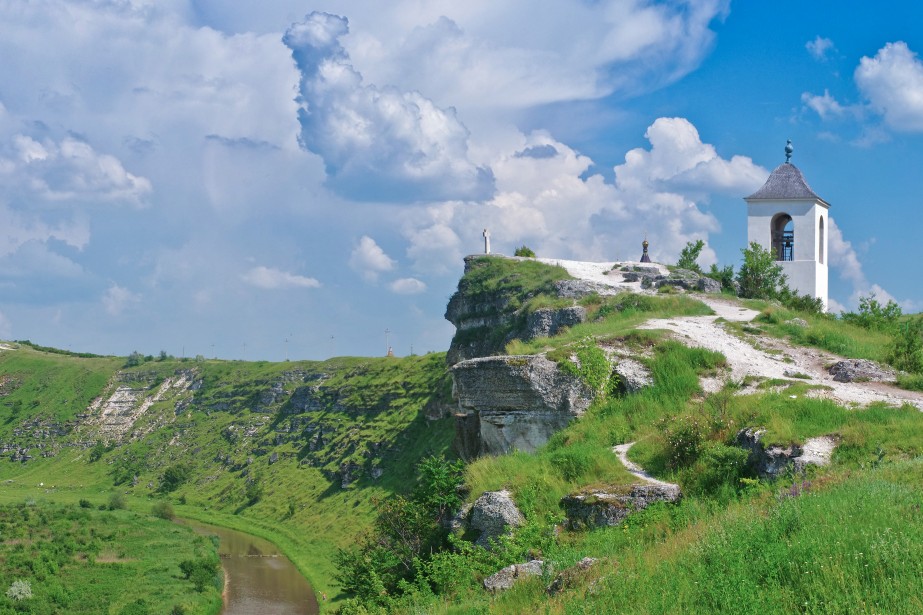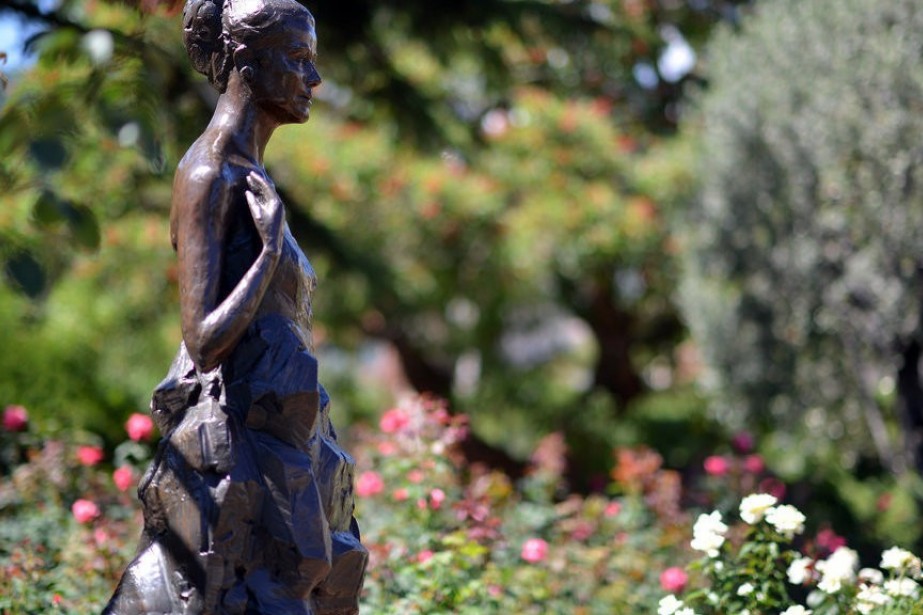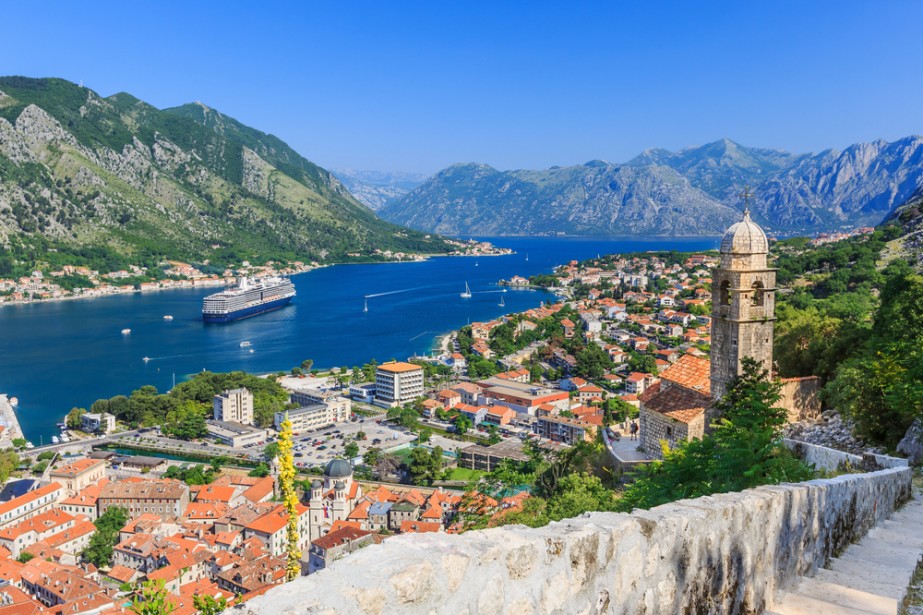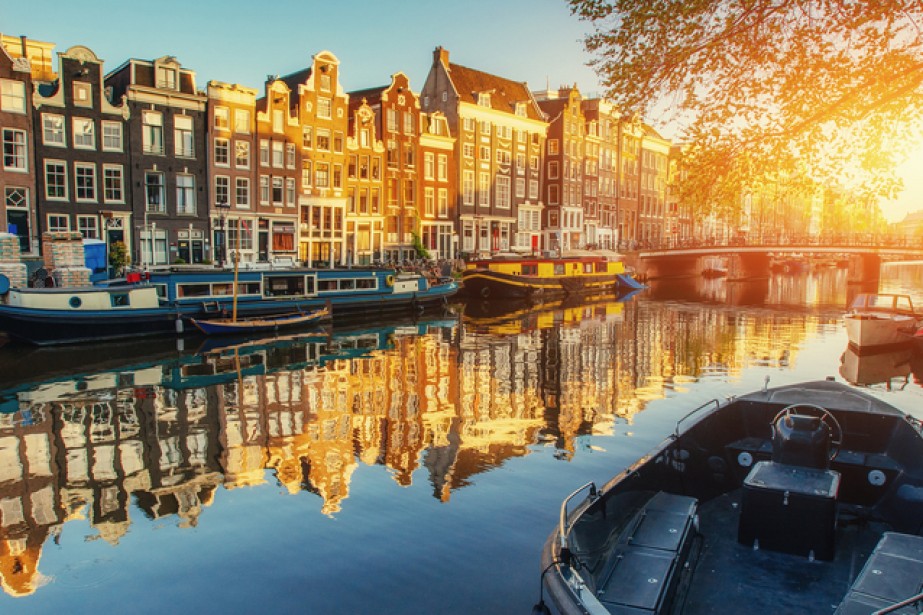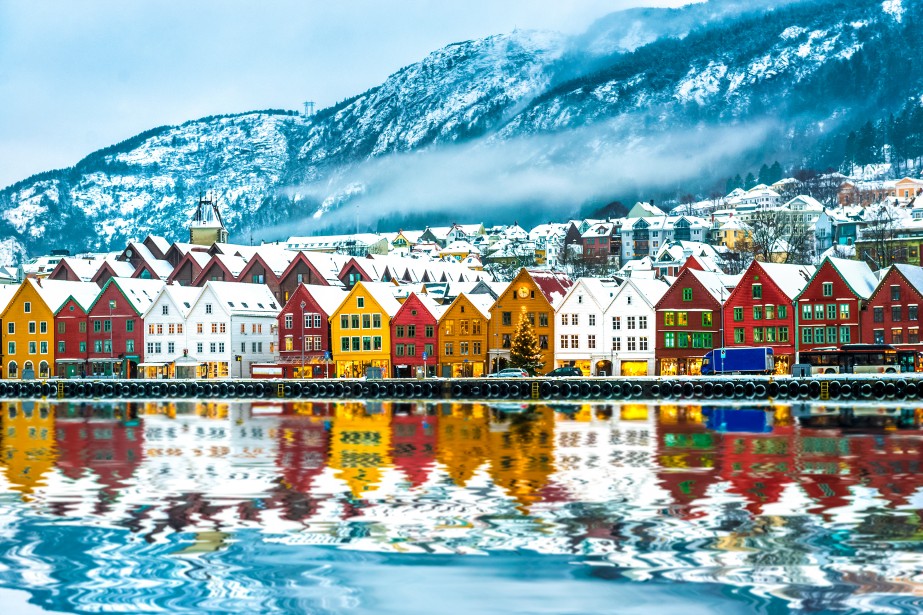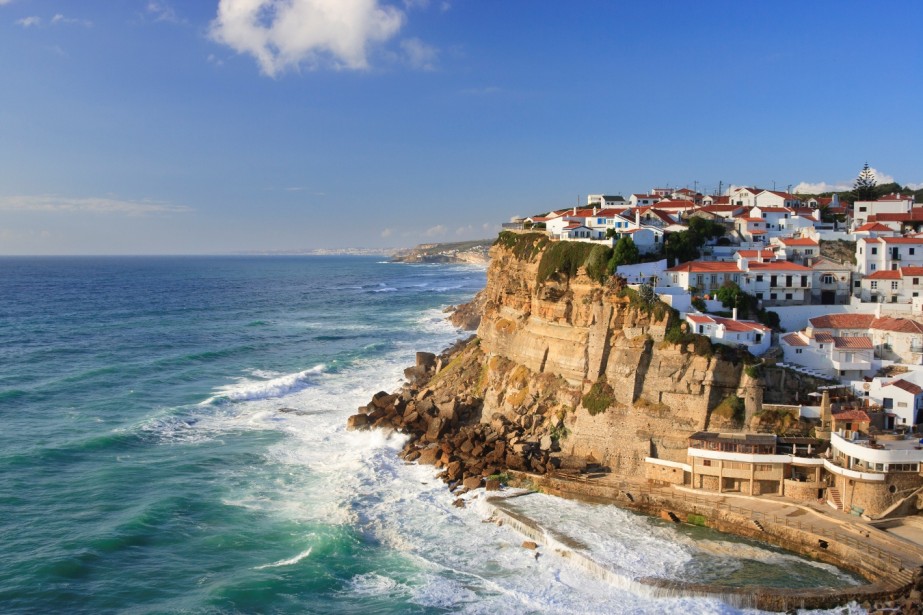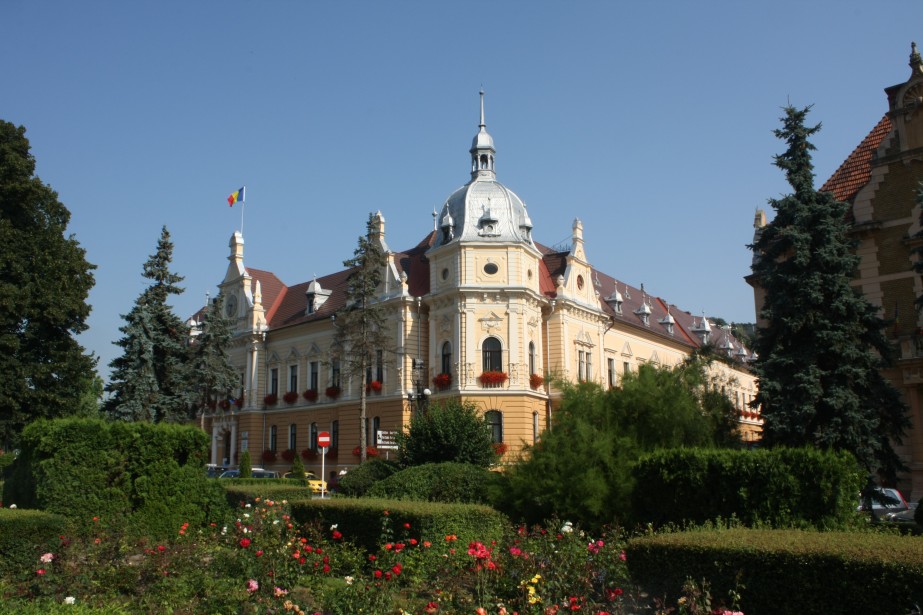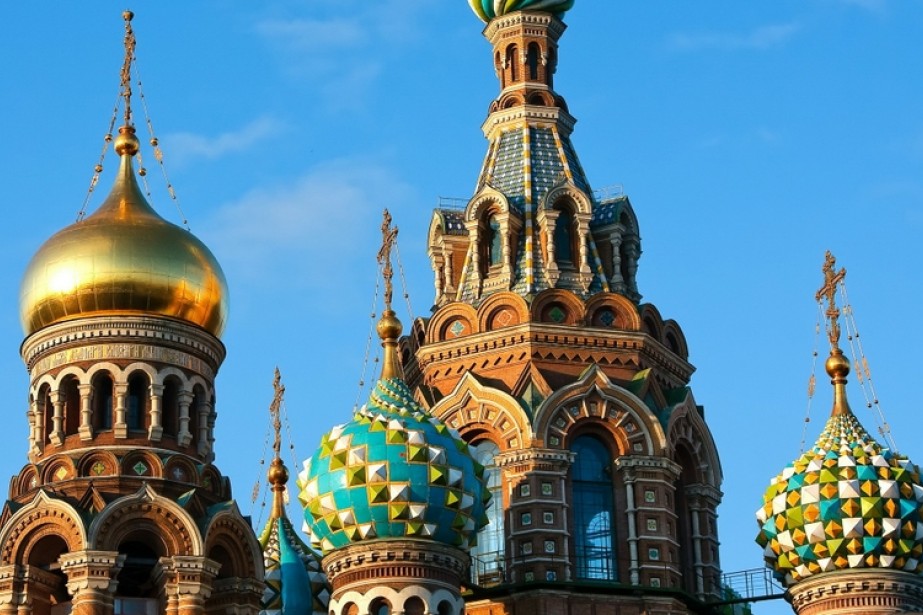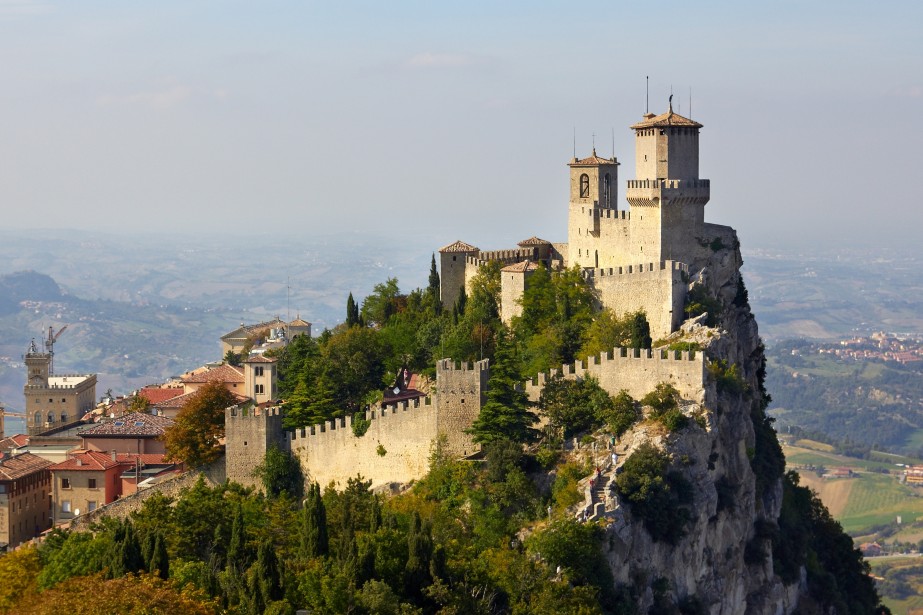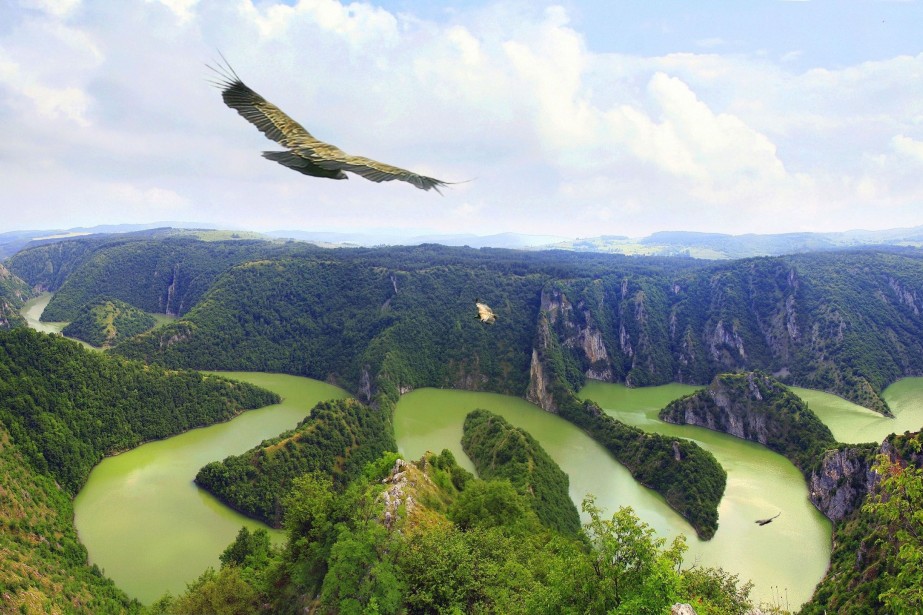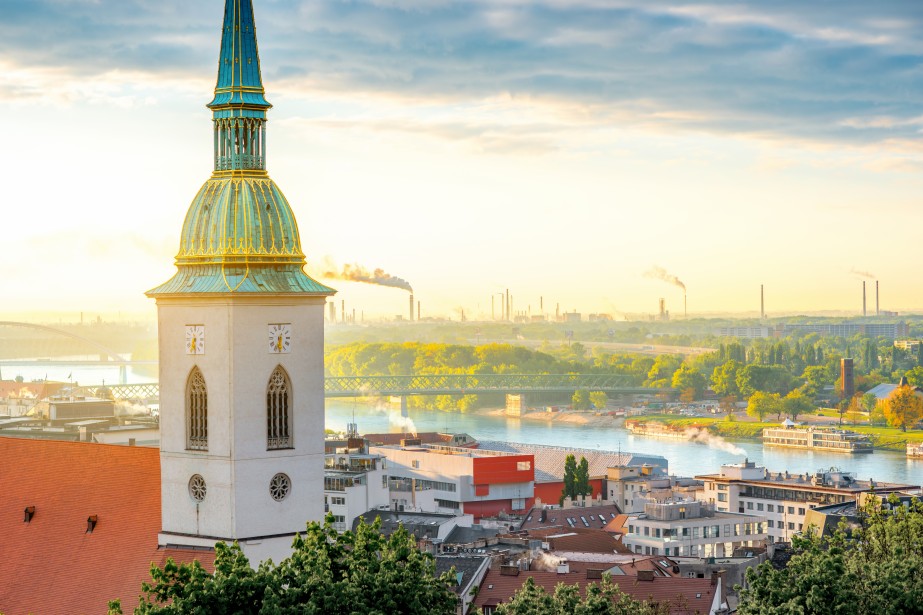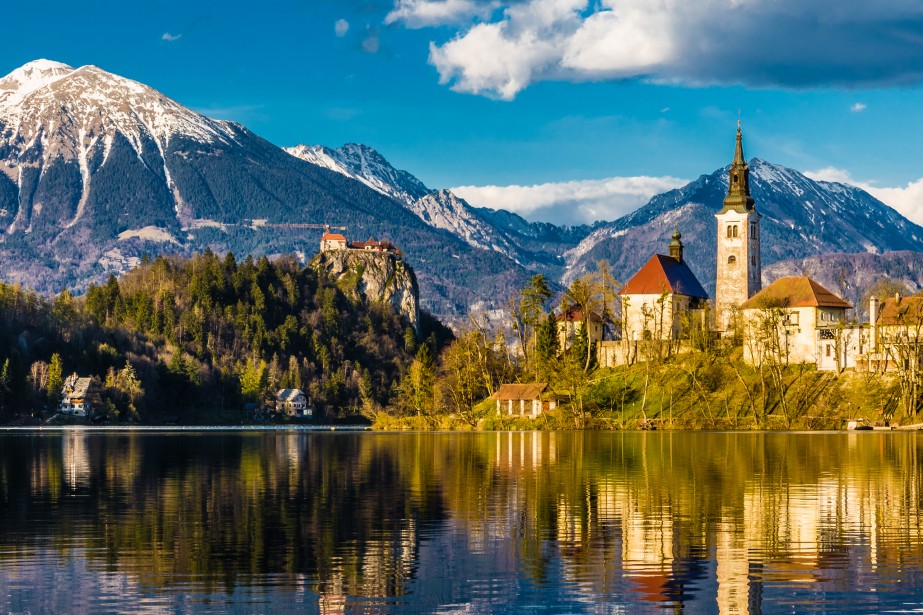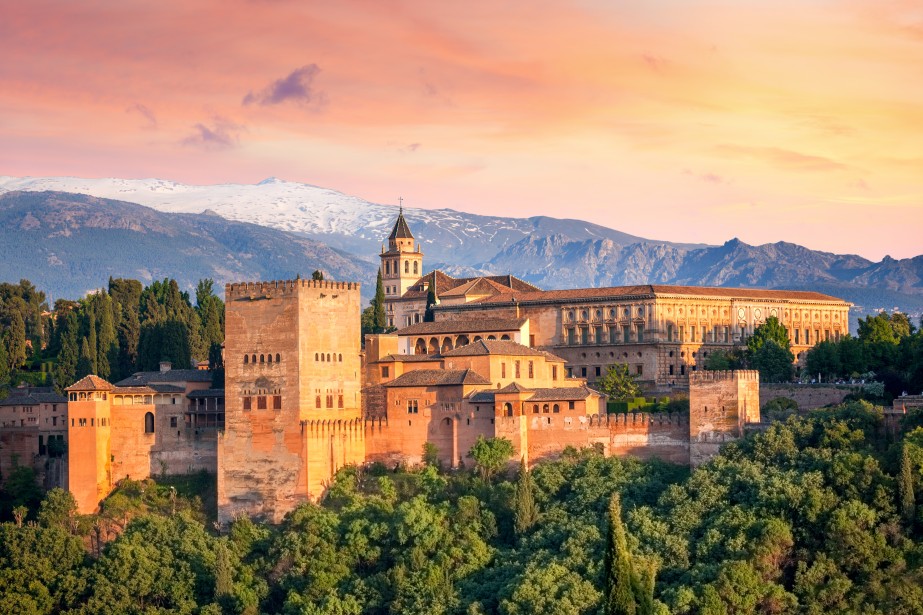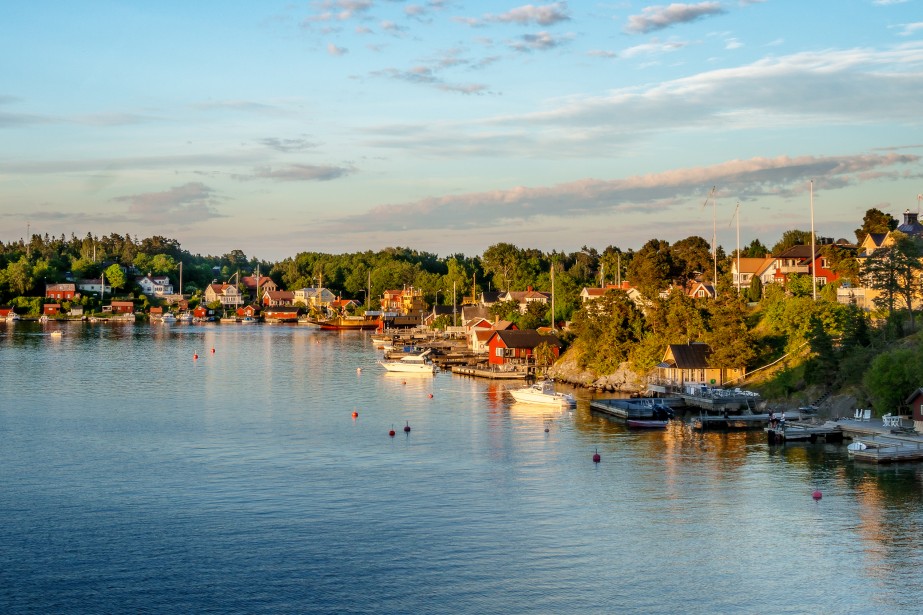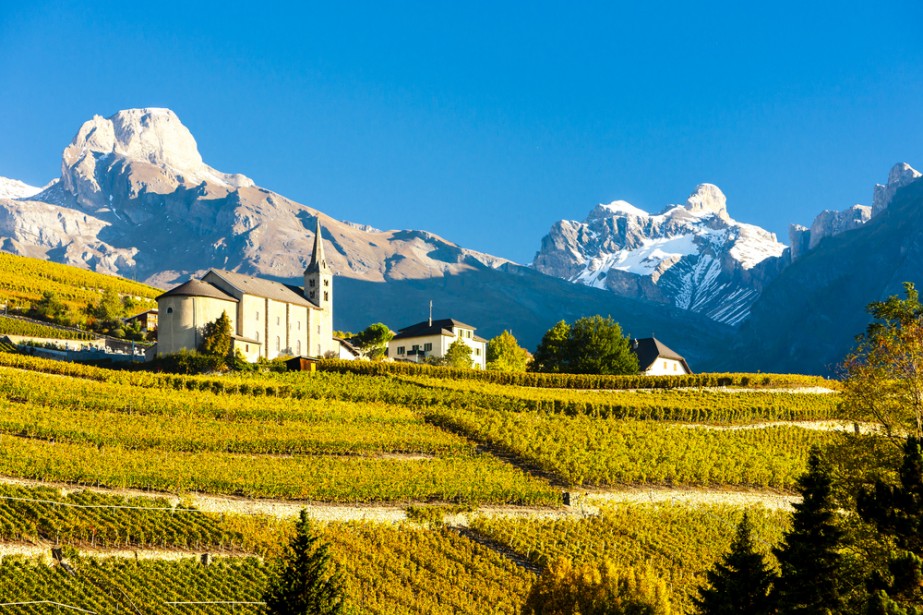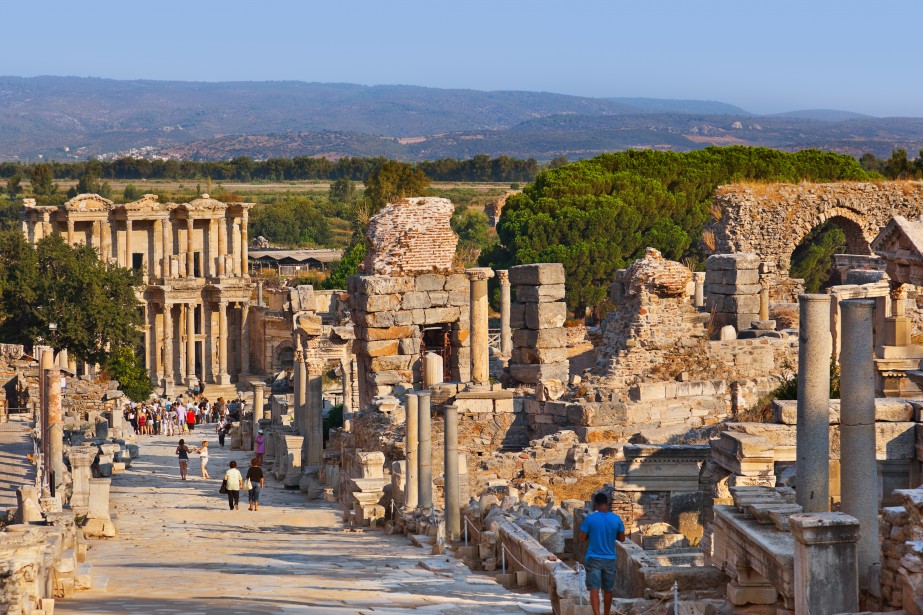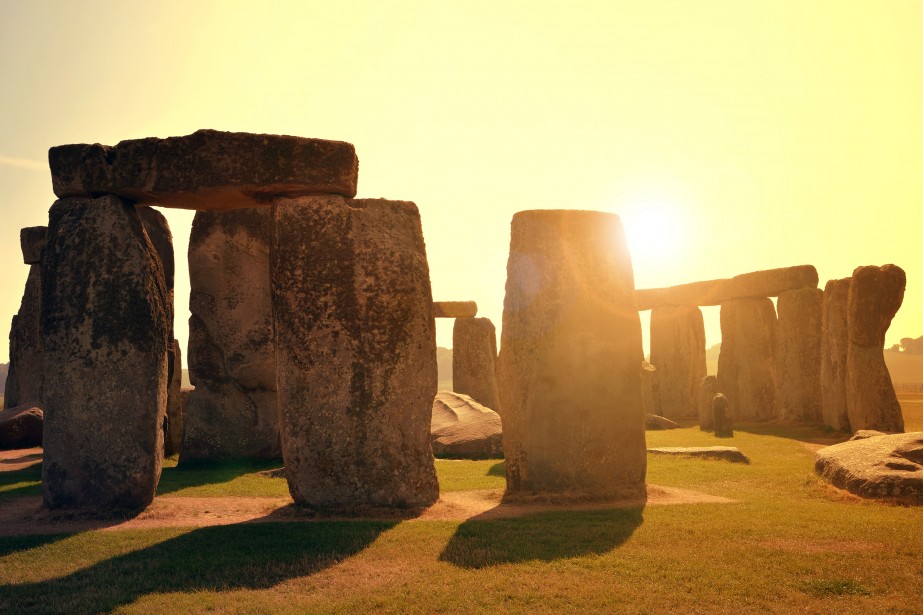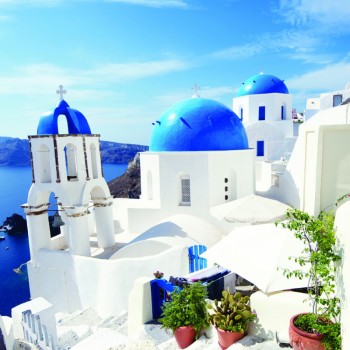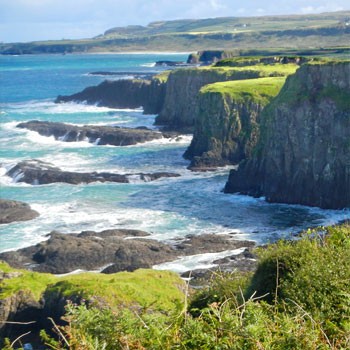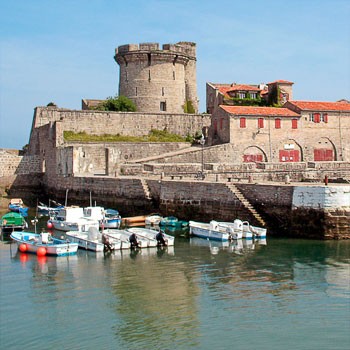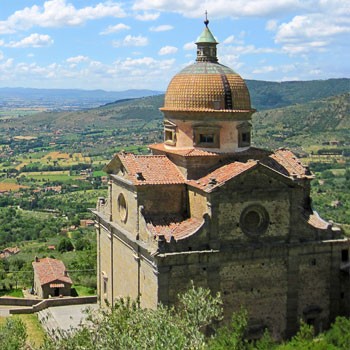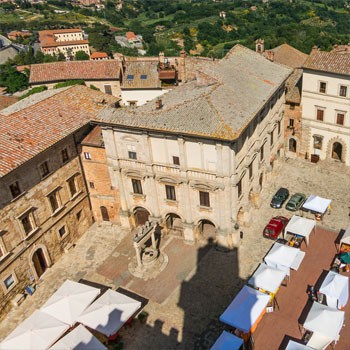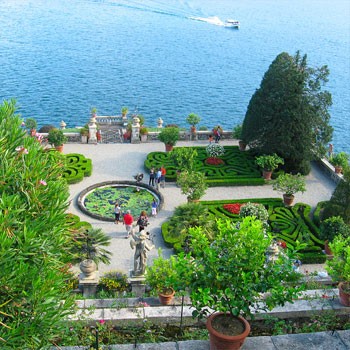Submitted by Heather Demars on August 1, 2016
Overview
Half the size of Switzerland, Slovenia is a small country in the southern part of Central Europe. It is sandwiched between Austria, Croatia, Italy, and Hungary with the Adriatic Sea in the southwest. For first time visitors, this panoramic corner of Europe seems more like its Alpine neighbors of Hungary and Austria compared to the former Yugoslavia.
The country is clean, safe and most of all scenic. Panoramas in Slovenia are more relaxing to the eyes, fresh, natural and unspoiled. It is like becoming one into nature. Mountains are clad with ancient forests where glacial lakes are also scattered. Lush farmlands are visited, thermal springs are enjoyed and the famous Karsts caves are to be explored. Truly, the country is jam-packed with remarkable attractions and unique sceneries just waiting to be discovered.
Slovenia does not only take pride in its natural resources. It also boasts its cosmopolitan areas, especially the capital city of Ljubljana. It is a charming and flourishing city where people are always ready with big wild smiles and where tourists are very much welcomed. The population consists mostly of the young generation, especially students, which explains why the place is always alive and bustling with activities. This is in contrast to the historical buildings that dotted the country but nevertheless gives a youthful ambience.
You can enjoy the country all in one day. A morning dip in the Adriatic, a few hours of skiing in the Alps, a visit to the subterranean mysteries of the Karsts, a refreshing thermal bath, a walk on the hillsides and eventually ending your day in a café to relax or in a casino for a few games. But ideally, it takes more than a day to see the sights and marvel at the country’s enchanting beauty. Perhaps it is because Slovenia is nothing without the “love” in it.
When to Travel
The country has a continental climate with four distinct seasons. Warm Mediterranean breezes means the summer is usually hot and sunny. On the other hand, winters can vary from mild in some areas to cold in others, although the burja, a cold wind from the northeast, can be quite vicious at times. Late spring from May to June and autumn from October to November receive most of the rain.
Each season in the country has its attractions and sites to flaunt. The peak season is summer (June to September) when tourists crowd the cities, hotel accommodations are hard to come by and prices flare up. This is also the best time of the year to hike and camp with family or friends. September is a great month for people who simply love fruits and vegetables. The last days of this month are also quiet with hordes of tourists heading back home. Autumn is beautiful in the Gorenjska and Stajerska mountains where hiking and climbing is also encouraged, although weather can be rainy. Also, rain can possibly fall during spring, but it does not hinder the scenic beauty of the lowlands and valleys where flowers are in full bloom and lush vegetation is very much appreciated. December signals the start of winter season and it goes until March. The weather can be quite cold but nevertheless, this is the time for tourists to enjoy skiing. At the same time, theaters, museums and other cultural venues are usually closed or operation hours are limited.
Slovenian Cuisine and Drinks
Slovene food may not be the top reason why tourists visit the country, but they sure are worth trying. The country’s cuisine is primarily heavy, plain and meaty. A three-course meal consists of soup, a meat served with potatoes and some vinegary, fresh salad. The bread is really delicious and is usually served as a side dish.
Enjoy the best as well as healthy foods in the Kras region. It is here where the local prosciutto can be found, called the kraški pršut, often served with Teran, a fine dry red wine from the region. The locals also make the most delicious omelets (frtalje) that you do not want to miss. Central Slovenia takes pride in their potica, a nut roll with different variations, the most famous are walnut, tarragon, honey and raisin versions. There are also different types of flour-based food in this region, from gibanica, pogača, posolonka, kvasenica, krapci, and zlevanka.
The Slovenes also practice the koline, a traditional custom of slaughtering a pig from which a large assortment of fresh, cured and semi-cured products are made. One dish is the mežerle which is a very good appetizer made from a pig’s lung. Another dish you’d better not miss is the buckwheat, mushroom or bean porridge.
If you are on the go, visit Bled for the Bled kremna rezina, a very tasty cream cake. Take a stop in Bela Krajina for its famous roast lamb and appetizing varieties of stew, soup and casserole. Explore the streets of Dolensjka and taste the various kinds of štruklji, an appetizing dessert as well as matevž which is a dish of puréed potatoes and beans, and is sometimes served on the side. Although Slovenians love their meat, most restaurants offer a vegetarian dish. Bigger cities offer the Mediterranean chick-pea falafel and the vegiburger that makes up most of the fast-food chains.
The country’s beers, wines and spirits are all very good. The most common alcoholic beverage is beer, with Lasko and Union being the most consumed. Adam Ravbar is also a good beer, but is a hard find except in its small brewery in Domzale. Coffee and tea are also a part of daily meals. Slovenians in café houses sipping a cup of espresso are a common sight. Tea is also loved by the locals drinking all sorts from herbal teas to fruit-flavored ones.
Popular Sights in Slovenia
Slovenia is truly a wealthy country with its vast attractions and wonderful natural features. It can be difficult to decide where the best place to go is. Most of them are the kind that you must visit to feel the real Slovenia. These features and attractions include archeological sites, castles, and mysterious Karstic caves.
Ljubljana- Wandering the capital city of Ljubljana is a good way to start your vacation in the country. The shimmering Ljubljana River runs through the city with cafés on the banks and is a good place for those who want to relax while enjoying the view.
Ljubljana’s symbol, a dragon, can be seen everywhere in the city from buildings to bridges. The major structure, where it is depicted, is the Dragon Bridge, the first bridge in the country which was paved with asphalt. Another site to visit is the Ljubljana Cathedral which will surely impress even novices in arts with its magnificent frescoes. Other sites in the city that you should not miss are the Fountain of Three Carniolan Rivers, the Town Hall, the Franciscan Church of the Annunciation and the Skyscraper.
Krastic Caves- Probably the most priced attractions in the country are the Krastic Caves, the most famous of which is the Postjona Cave. It has been dubbed as the country’s largest cave as well as Europe’s most visited tourist cave. Visitors can travel into a network of passages, chambers and galleries aboard a cave train.
Dazzling stalactite and stalagmite formations can be seen in various shapes, colors and sizes. Pivka and Črna jama caves nearby are also worth a visit.
Museums and Galleries- Slovenia houses almost 25 museums and galleries scattered around the country. You can take your pick from the finest museums like the National Museum, National Gallery and the Modern Art Gallery located in the capital city.
Nature Parks- Nature Parks are also abundant in the country. Start your trip in the Triglav National Park for a once in a lifetime experience of the most stunning glacial valleys in the Alps. Explore the Ljubljana Zoo located in the southern part of the Roznik Hill where various wild animal species can be seen living in their protected natural habitat. Do not forget to pass by Lipica with its stud farms on the karst plateau.
Tourists are sure not to miss this place where the famous Lipizzaner horses are bred. For those who are into water sites, the Piran Aquarium will never disappoint you. With its entire collection of different water species and sea organisms, you will be able to take a glimpse of the world under water. Also, see for yourself the oldest vine in the world. Found in Maribor as a symbol of the place’s rich wine culture, the oldest living specimen in the planet still bears grapes.
Practical Info
Currency
Slovenia traded the tolar (SIT) for the euro (€) in January 2007. One euro is divided into 100 cents. There are seven euro banknotes in different sizes and colors. They come in denominations of €5, 10, 20, 50,100, 200 and 500. In addition, there are eight euro coins in denominations of €1 and 2 and 1, 2, 5, 10, 20 and 50 cents.
Bančni avtomat or ATMs are present anywhere in the country. You can withdraw euros from different ATMs in the country if your card is linked to Electron, Plus, Visa, MasterCard, Maestro and Cirrus networks. Both Abanka and SKB Banka ATMs are linked to all these networks. Although the ATM screens display English, it will still be helpful to know some Slovene words like potrditev meaning enter/confirm, prekinitev equivalent to cancel and popravek which is the same as correction/clear.
Banks, tourist offices, bank offices, travel agencies, hotels, supermarkets, petrol stations, exchange bureaus and some private exchange offices are available for exchanging foreign currencies. There is no black market in Slovenia. You will find that exchange rates are pretty reasonable. Banks charge commissions on every transaction.
Major credit cards like American Express, Diners, MasterCard/EuroCard and Visa are accepted at hotels, shops, restaurants, petrol stations and travel agencies. Cash advances on Visa cards are allowed at any Abanka branch, Amercian Express cards at Atlas Express main office and MasterCard/Eurobank cards are allowed at Nova Ljubljanska Banka or SKB Banka.
To avoid additional exchange rates on traveler’s checks, bring them in Euros, Pounds Sterling or US dollars. Banks give better exchange rate for checks as opposed to private exchange offices. For international transfers, Nova Ljubljanska Banka is an agent for Western Union and it is possible to get any wired money across the country.

